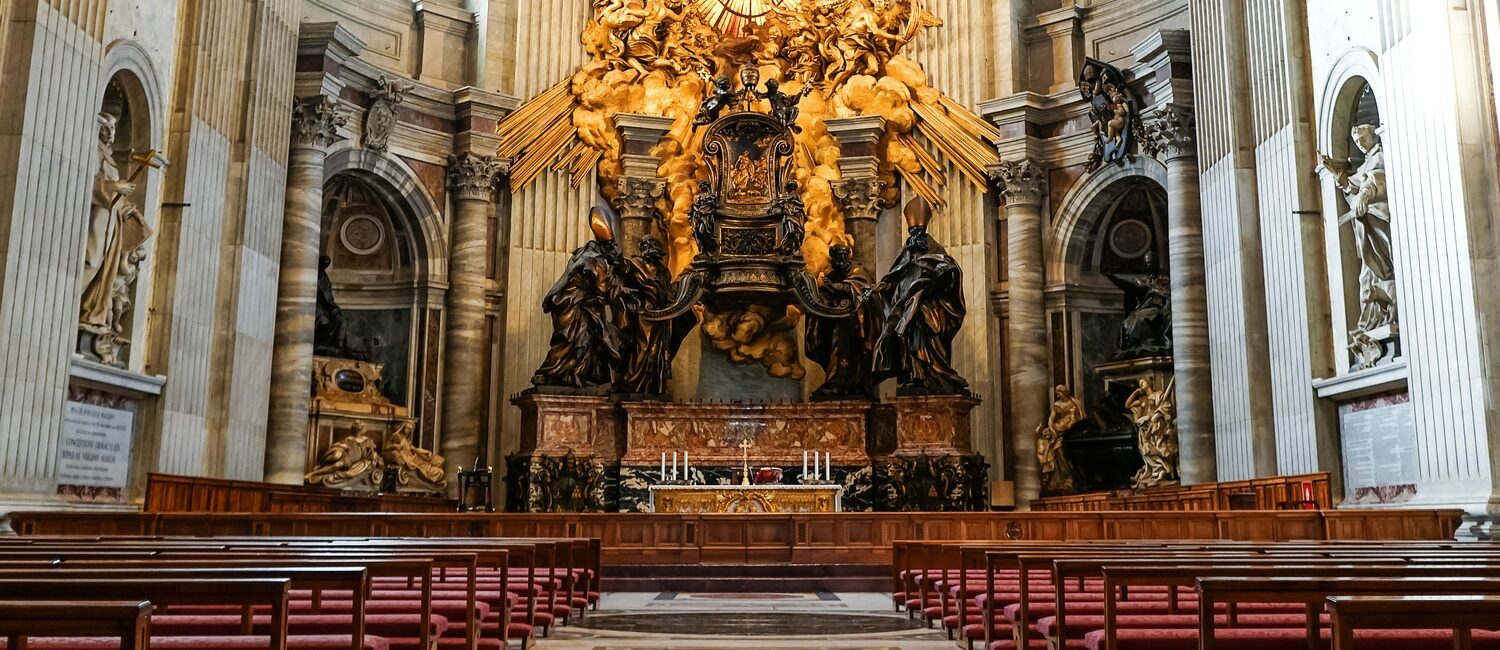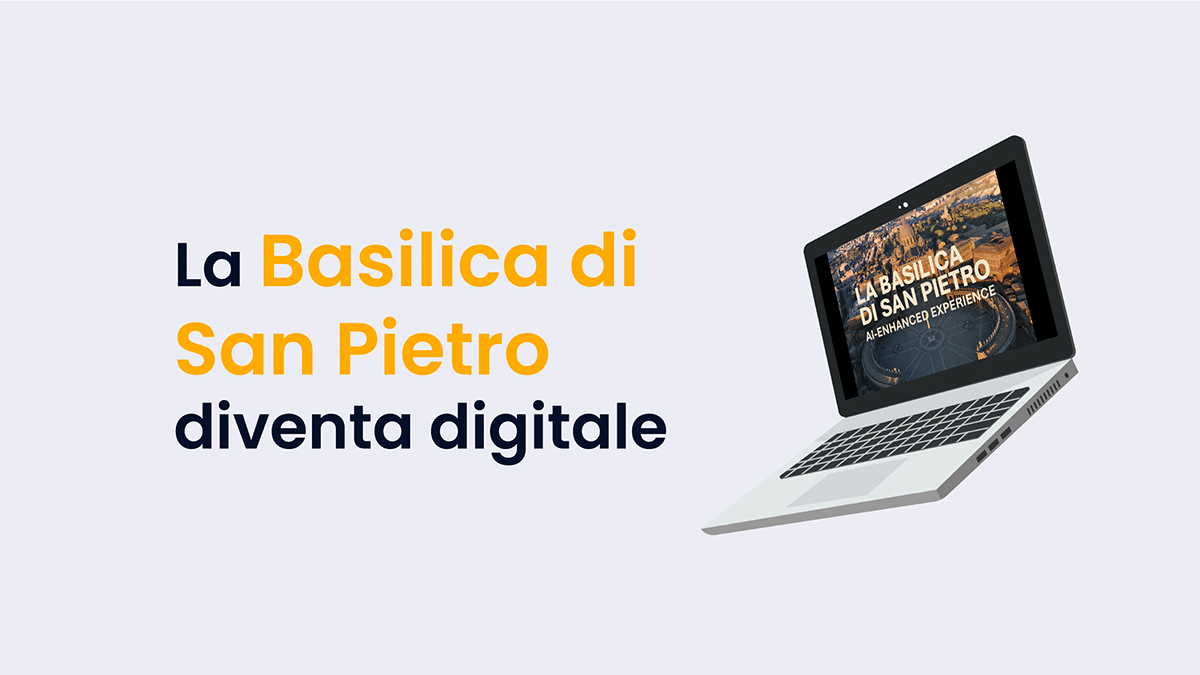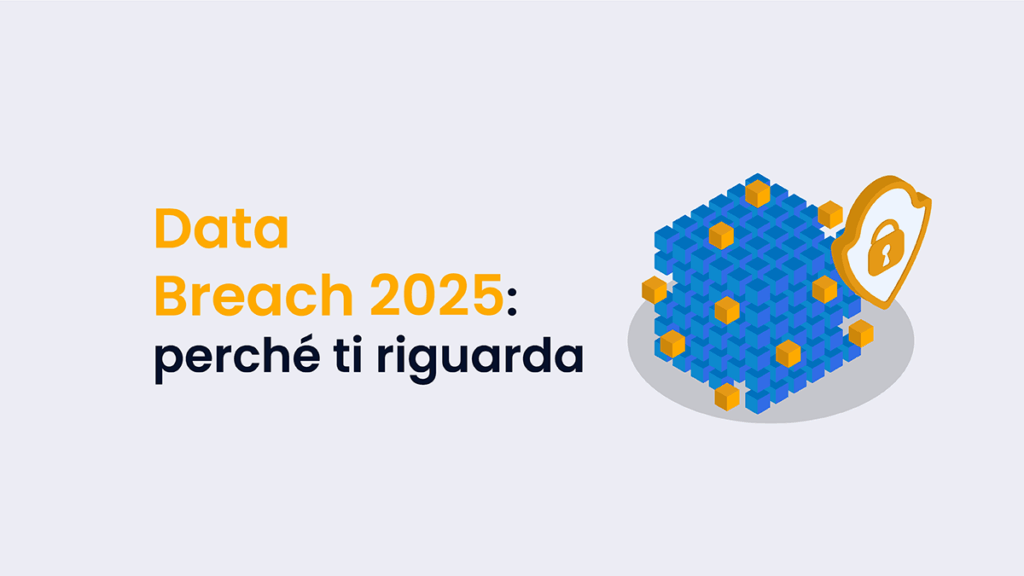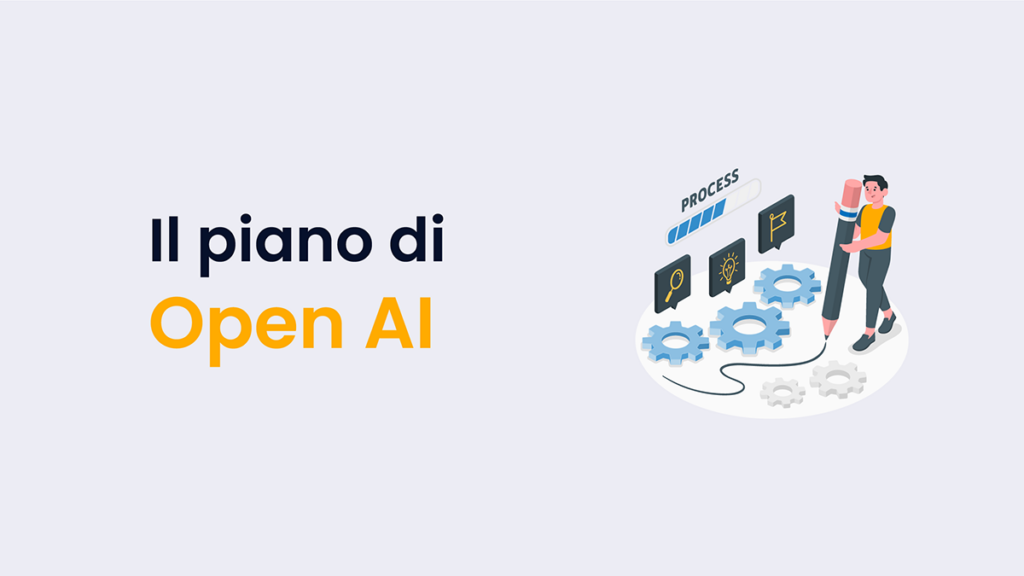Vi ricordate i gemelli digitali di cui vi abbiamo parlato in questo articolo? Oggi, proprio in occasione della Vigilia di Natale, vi raccontiamo un esempio che oltre a incuriosire ci indica quali sono le possibilità che offrono le tecnologie di riproduzione digitale nel campo del turismo, dell’inclusività, dell’architettura e del restauro. Infatti è stato creato il gemello digitale della Basilica di San Pietro: un modello tridimensionale ad altissima precisione che consente di esplorare virtualmente uno dei luoghi più iconici al mondo dovunque e direttamente dal proprio dispositivo.
Soprattutto quest’ultimo punto può far storcere il naso a molte persone, perché la riproduzione digitale rischia di appiattire tutte le esperienze correlate alla fruizione dell’arte. Questo a partire dal viaggio fino alla visita fisica della Basilica di San Pietro: azioni tutte che presuppongono pianificazione, impegno, tempo e che includono esperienze irripetibili, sensazioni, stimoli sensoriali e incontri umani.
Ma davvero una riproduzione digitale mira a sostituire o abbattere l’esperienza di fruizione fisica dell’arte?
Indice dei contenuti
Tecnologia che non sostituisce
Esplorare virtualmente la Basilica di San Pietro non sarà mai come andarla a visitare realmente.

Questo è chiaro e pacifico per tutti, incluso chi ha sviluppato il gemello digitale. Infatti il messaggio che vuole lanciare questa innovazione non sembra proprio sia quello di scoraggiare le visite fisiche. Nessuno, inclusa soprattutto la Fabbrica di San Pietro, ha interesse che le persone non visitino più fisicamente la Basilica: sarebbe un autogol clamoroso.
Gli scopi quindi sono evidentemente altri, che risiedono nel potenziale straordinario e polivalente del gemello digitale.
Com’è stato realizzato il gemello digitale della Basilica di San Pietro?
Nato dalla collaborazione tra la Fabbrica di San Pietro e Microsoft, questo progetto ha contemplato:
- la cattura di oltre 400.000 immagini ad altissima risoluzione,
- droni,
- scanner laser,
- fotocamere 8K.
In questo modo si è potuto mappare ogni dettaglio architettonico e artistico. Il numero impressionante di immagini è stato elaborato da una rete di server potenziati con intelligenza artificiale, così da creare un modello 3D con una precisione di 0,2 millimetri. Per la realizzazione ci sono voluti 12 mesi di lavoro e il coinvolgimento di 50 esperti, tra ingegneri, storici dell’arte e sviluppatori.
Utile per studio dell’arte, architettura, restauro e per l’inclusività
Nel campo dello studio, diventa una risorsa importante e validissima per gli storici dell’arte e gli architetti. Infatti, oltre a poter analizzare la Basilica da qualunque luogo e in qualsiasi momento con precisione e qualità risolutiva altissima, si possono osservare dettagli inarrivabili durante le tradizionali visite. Per il restauro, quindi, diventa uno strumento avanzato per l’individuazione di crepe, danni strutturali e tessere di mosaico mancanti… funzione che facilita la pianificazione di interventi mirati.
E, infine, dal punto di vista dell’inclusività, rappresenta una svolta per chi non può visitare fisicamente la Basilica di San Pietro. Persone con disabilità di diversa natura (anche psicologica) possono esplorare ogni angolo virtualmente, così come può farlo chi non dispone dei soldi sufficienti per viaggiare.
Quando sarà disponibile il gemello digitale della Basilica di San Pietro?
Il gemello digitale di cui vi stiamo parlando non è ancora disponibile… almeno per poco. Infatti il progetto, denominato ufficialmente La Basilica di San Pietro: AI-Enhanced Experience, sarà inaugurato a partire dall’inizio del Giubileo 2025.
Quindi ci vorrà ancora un po’ di tempo anche per capire esattamente quando, per chi e a che prezzo sarà rilasciato pubblicamente il frutto di questo lavoro.
Un’opera virtuale significativa, che si inserisce in quel territorio dell’ecosistema culturale italiano che sta abbracciando una consistente digitalizzazione. Infatti, oltre alla Basilica di San Pietro, per esempio sono già stati creati gemelli digitali dell’Arena di Verona e di Palazzo Pitti, mentre a Roma si lavora allo sviluppo di una riproduzione del Quirinale, con lo scopo (tra gli altri) di ottimizzare l’efficienza energetico dell’edificio.










